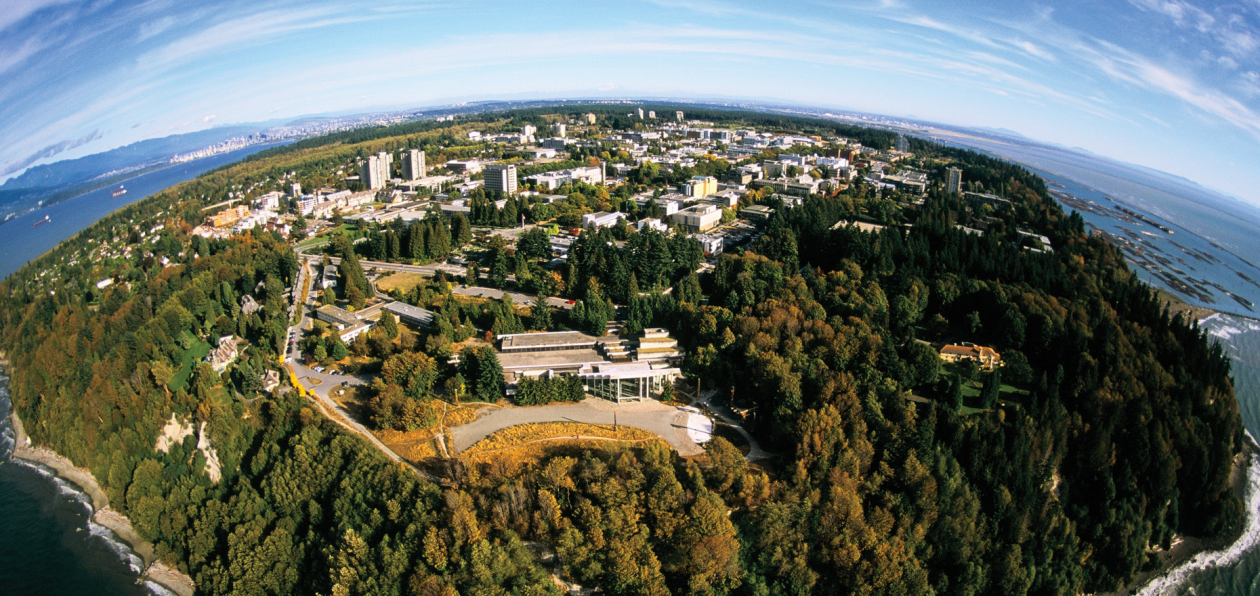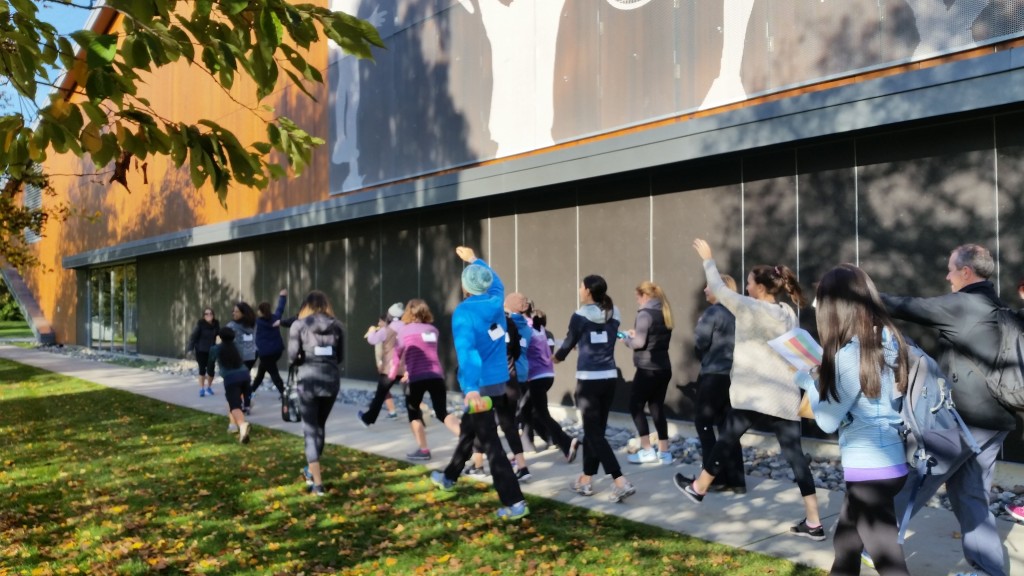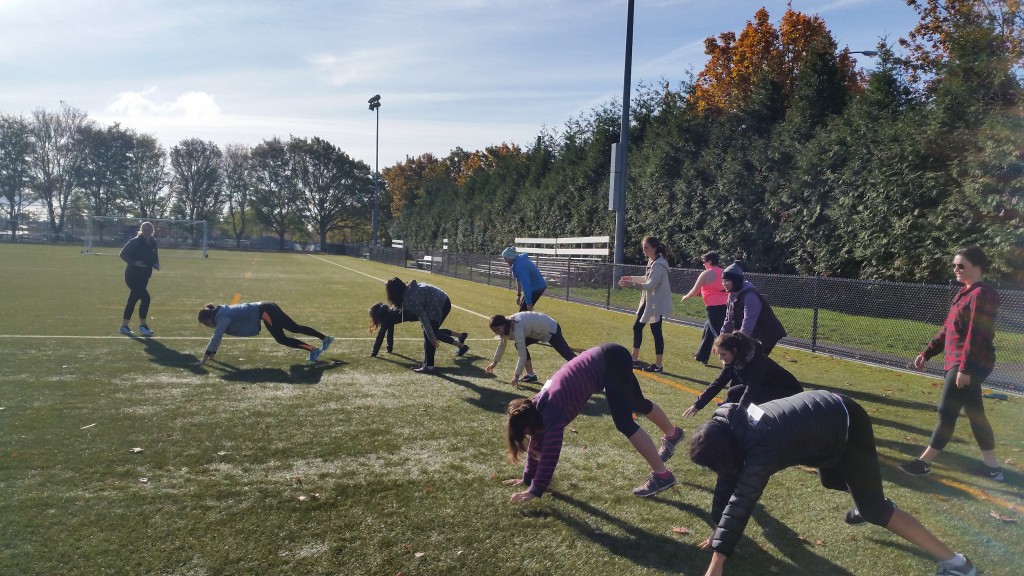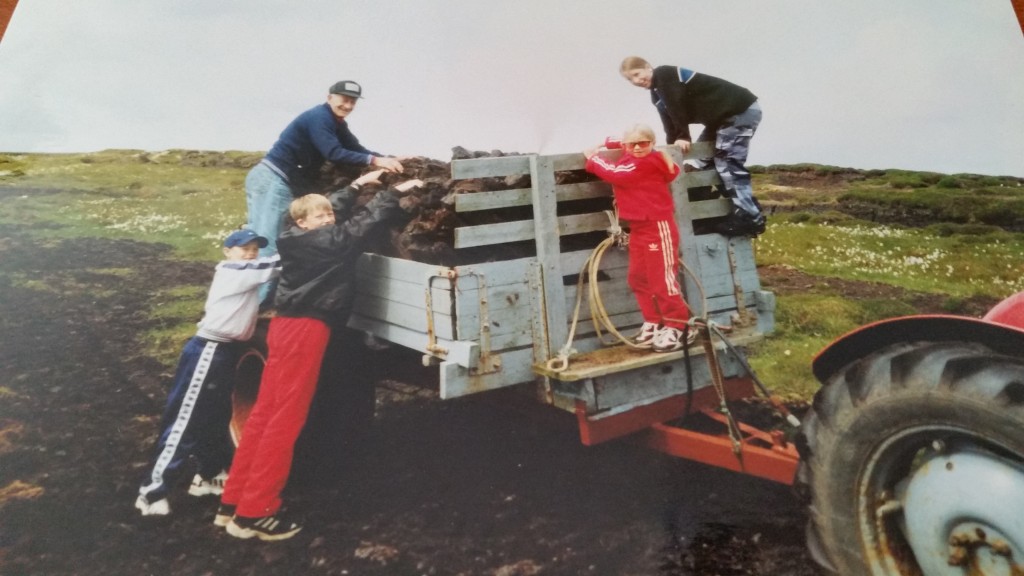I loved outdoor education! It was so nice to have a change of environment, and Lexi, Katy, Brianna, and Jackie did a fantastic job of having interesting and engaging activities. In order to tie in the activities with the reading this week, I am reflecting on things I would keep in mind when planning alternate environment/outdoor activities.
- keep in mind time and location. I wouldn’t want to spend more time getting to a location than engaging in activities
- the outdoors are inherently more active than a classroom, so activities that may not seem extremely active (like using natural materials to create a picture) can still be active when done outdoors (particularly if you incorporate walking to the location or other more active components to the lesson)
- there are many local resources that you can use so you can limit the number of materials, etc. that you need to bring along
- even if you haven’t planned specifically for an outdoor or alternative environment activity, you can take advantage of good weather or sheltered areas to teach “regular” lessons outside
- being flexible outdoors can lead to wonderful teachable moments! At Katy’s station, we watched a spider catch and eat a fly. It prompted questions, discussion, and wonder in the participants.
I think a lot of teachers find outdoor and alternate environment education to be daunting because of safety and organization. As the text highlighted, routines are elemental in a well-planned PE program, and I think that proper planning, and instruction (including well structured and practiced routines) can make alternate learning environments more manageable. Also, recognizing that the use of local areas and resources can be just as, or more, beneficial as a distant trip can relieve pressure and encourage more of this type of lesson!



